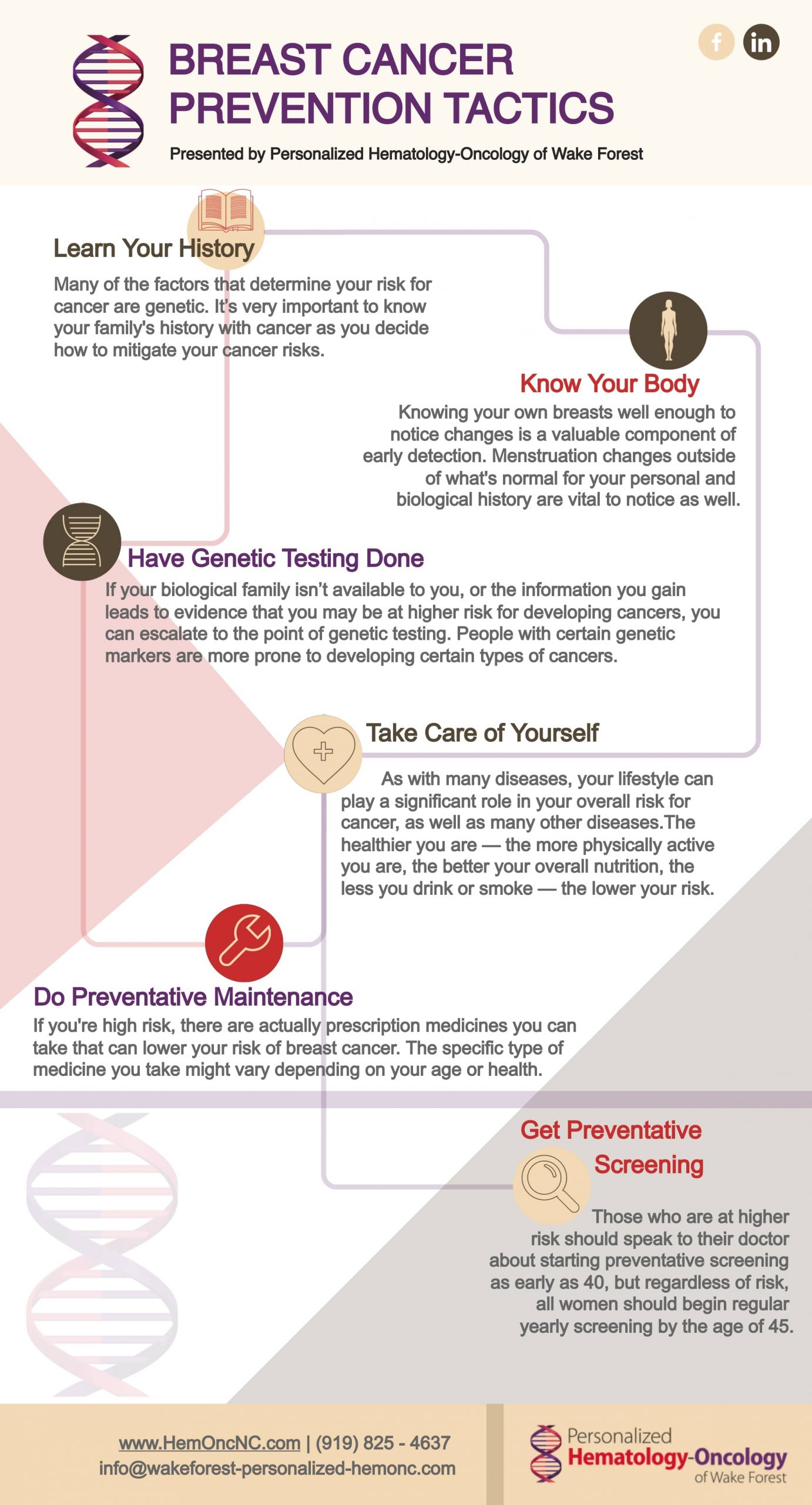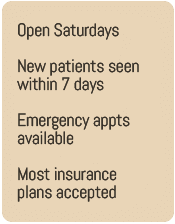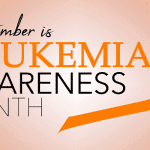Can You Prevent Breast Cancer?
You might already be familiar with the numbers: each year, it is expected that 300,000 women in the US alone are diagnosed with breast cancer. Of those women, 50,000 will have localized (in situ) breast cancer, while over 250,000 will have invasive or metastatic breast cancer, increasing their risk.
Each year, around 40,000 to 45,000 women — and about 500 men — die from some form of breast cancer.
Breast cancer is treatable at all stages, but the earlier it is detected, the better. When it comes to metastatic breast cancer, the 5-year survival rate from diagnosis is 28%.
Around 6% of all new breast cancer diagnoses are metastatic breast cancer.
What do these numbers tell us? Breast cancer — and particularly metastatic breast cancer — is a growing concern for men’s and women’s health in the US and the rest of the world. Although treatment options continue to be developed and early detection methods are becoming more reliable, metastatic breast cancer is a diagnosis that requires extensive treatment. But here are things you can do right now to help prevent this disease and increase your risk of early detection, which increases your overall chance of overcoming this life-threatening diagnosis.
What is metastatic breast cancer?
Like all cancers, breast cancers can be classified according to many different factors. These systems of classification help us diagnose and treat specific cancer in the most effective way possible. We classify breast cancer according to whether or not it has begun to grow and spread.
In situ
If breast cancer is found within one local area of the breast and nowhere else, this is known as “in situ.” This means cancer has stayed in one spot and not spread anywhere else yet. This is the easiest to treat and the least threatening form of breast cancer. As you can see by the numbers above, it is also not as common.
Invasive
Invasive breast cancer means the tumor has started to spread out from its origin and affects the surrounding tissue. It will usually first spread into other parts of the breast, but it can also find its way into lymph nodes, milk ducts and other parts of the body nearby. Once this happens, the chance of the tumor spreading to other parts of the body increases drastically.
Metastatic
Once a tumor spreads out from the point of origin to other parts of the body, it has metastasized and is known as metastatic breast cancer. Breast cancer can spread to any part of the body but most often will spread to the liver, brain or lungs. It is still considered breast cancer when this happens, even though cancer can be found in other areas. While treatment is still available at this stage, it becomes much more of an uphill battle.
Prevention of metastatic breast cancer
Unfortunately, for such a common and serious disease, there is very little that we can actually do in prevention. Many of the factors that go into whether or not a person develops breast cancer are inherited, and it is very little can be done to circumvent them. However, there are a few things you can do to prevent metastatic breast cancer.

Know your history
Many of the factors that determine your risk for cancer are things you are just born into. Even though you can’t change those factors, knowing your risk categories is crucial for prevention and early detection. If there is a family history of breast cancer, your risks are higher. If you’ve had cancer before, your risks increase. If you’ve had breast cancer in one breast before, then your chances of developing it in your other breast are significantly higher. It’s imperative to know your genetic history with cancer by asking any biological family about cancer experiences.
If your biological family isn’t available to you, or the information you gain from them leads you to feel you may be at higher risk for developing cancers, you can escalate to the point of genetic testing. You might think, in this case, we are just talking about family history again, but this is different. People with certain genetic markers are more prone to developing certain types of cancers. The problem is, there’s no way to know if this applies to you without undergoing comprehensive testing, which can check for these genetic markers.
Be aware of hormones related to metastatic breast cancers
In addition to knowing your family cancer history, gathering information on hormonal factors related to family genetics is also important. Research has shown that those who experience early onset menstruation, or early-onset menopause, might be at a higher risk for breast cancer. You need to know what “early” is for these hormonal changes in terms of your biology.
For many going through menopause, hormone therapy is a necessity. Unfortunately, using hormones like this can also be a factor that puts you in a higher risk category for breast cancer. The same is true for certain types of birth control that may use specific hormones. If you are using hormone therapy, you might need to have a conversation with your doctor about what risks these hormones might pose for you.
Change your lifestyle
As with many diseases, your lifestyle can play a significant role in your overall risk for cancer, as well as many other diseases. The healthier you are –, the more physically active you are, the better your overall nutrition, the less you drink or smoke –, the lower your risk.
Early detection of breast cancers
Along with prevention, detecting breast cancer as early as possible is an important part of any patient’s journey towards becoming a survivor. As you get older, your risk increases. Over three-quarters of all breast cancers that are diagnosed are found in patients over the age of 50. The earlier you can detect your cancer, the quicker treatment can begin and the greater your overall chances of beating it. Here are a few things you can do to increase your chances of early detection.
Self-detection
Although research has not effectively proven that conducting self-exams explicitly leads to increased detection, the fact remains that knowing your own breasts and being aware of any changes they might undergo is a valuable component of early detection. You might discover these changes through normal activity, such as bathing or dressing, but however you notice them, acting on them immediately afterward is the key.
Regular screening
Of course, the most effective means of early detection is the mammogram. This screening has become an essential part of a woman’s overall health routine and should be a major part of yours, as well. Those at higher risk should speak to their doctor about starting a regular screening as early as 40, but regardless of risk, all women should begin regular yearly screening by the age of 45.
Early detection in men
Early detection efforts are also important in men who are at risk of breast cancer. Because men have much less breast tissue, it’s typically easier to find an abnormality early. Of course, it doesn’t take nearly as long for the tumor to spread with less breast tissue. Even for men, regular screenings are an important part of an early detection program.
Living with (and beyond) metastatic breast cancer
If you have done everything you can and are still diagnosed with breast cancer, please remember that breast cancer is treatable at all stages. Depending on a wide variety of conditions, you might have many treatment options, including surgery, chemotherapy and radiation treatments. While not every treatment is successful, each year has brought discoveries that help to increase a patient’s chance to become a breast cancer survivor. Learn more about the newest treatments for metastatic breast cancer. Many of those survivors can become completely cancer-free and live a long, healthy life afterward.
If you would like to know more about breast cancer prevention and treatment, there are many resources available, not the least of which is your own healthcare provider. Talk to your doctor today about what you can do now to prevent cancer in the future.





